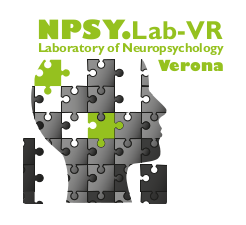Authors
Scandola M, Aglioti SM, Bonente C, Avesani R, Moro V.
Abstract
Peripersonal space (PPS) is the space surrounding us within which we interact with objects. PPS may be modulated by actions (e.g. when using tools) or sense of ownership (e.g. over a rubber hand). Indeed, intense and/or prolonged use of a tool may induce a sense of ownership over it. Conversely, inducing ownership over a rubber hand may activate brain regions involved in motor control. However, the extent to which PPS is modulated by action-dependent or ownership-dependent mechanisms remains unclear. Here, we explored the PPS around the feet and the sense of ownership over lower limbs in people with Paraplegia following Complete spinal cord Lesions (PCL) and in healthy subjects. PCL people can move their upper body but have lost all sensory-motor functions in their lower body (e.g. lower limbs). We tested whether PPS alterations reflect the topographical representations of various body parts. We found that the PPS around the feet was impaired in PCL who however had a normal representation of the PPS around the hands. Significantly, passive mobilization of paraplegic limbs restored the PPS around the feet suggesting that activating action representations in PCL brings about short-term changes of PPS that may thus be more plastic than previously believed.
Nature Scientific Reports
